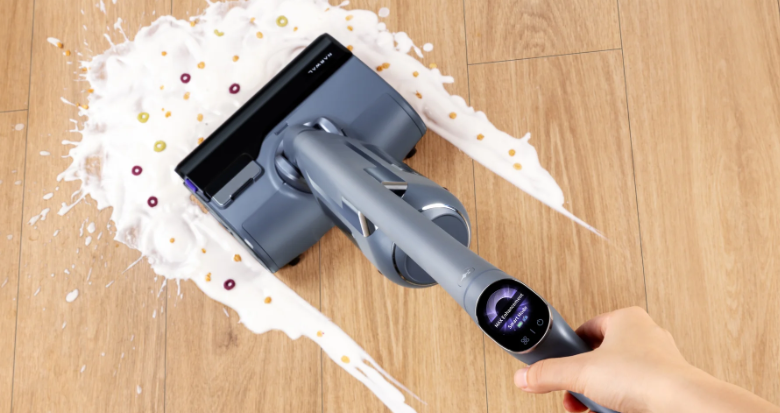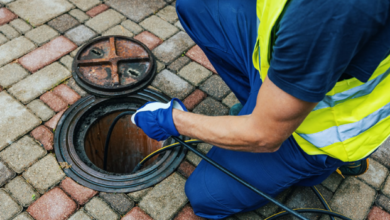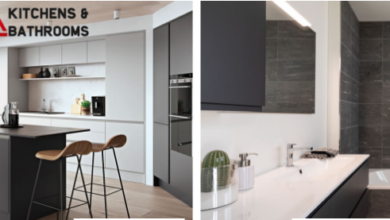Key Considerations for Selecting an Effective Home Cleaning System

Modern cleaning devices fall into distinct categories based on design and functionality. Each type addresses specific household needs, from deep carpet cleaning to quick debris pickup.
Understanding Vacuum Cleaner Types
Upright Systems
These models excel at removing embedded dirt from carpets due to their weight and rotating brush mechanisms. Their vertical design simplifies storage, and many include detachable handheld units for above-floor cleaning. Models with adjustable height settings adapt to varying carpet thicknesses.
HEPA filtration systems in upright units trap microscopic allergens, making them suitable for households with respiratory sensitivities. However, their weight (typically 13-23 lbs) may challenge users navigating stairs.
Canister Designs
Separated motor units connected via hoses provide superior maneuverability for mixed flooring homes. Parquet-specific brushes protect delicate surfaces, while universal attachments handle carpets. Lab tests show canisters achieve 99% debris removal on tiles and hardwood.
Retractable cords and compact builds enhance storage efficiency. Some models feature automatic suction adjustment, though smaller wheels may struggle on plush carpets.
Critical Performance Metrics
Filtration Efficiency
Sealed HEPA systems prevent allergen recirculation, crucial for allergy sufferers. Bagged models maintain cleaner disposal hygiene, while bagless versions eliminate recurring costs. Third-party certifications like QuietMark indicate noise-level compliance.
Suction Power and Adaptability
Corded models deliver consistent performance, whereas cordless units prioritize convenience. Advanced laser sensors in premium devices detect floor types, automatically adjusting brush speed. Runtime varies from 35 minutes (wet-dry models) to 210 minutes (robot units).
See also: Fitted Kitchens: Transforming Homes with Style and Functionality
Specialized Cleaning Requirements
Pet Hair Management
Tangle-free brush rollers and integrated hair spooling systems simplify fur removal. Motorized pet tools with Febreze technology neutralize odors trapped in dust cups. Units weighing under 15 lbs improve portability during frequent cleanups.
Hard Floor Protection
Soft bristle modes prevent surface scratches on sealed wood. Edge-cleaning designs reach baseboards, while wet-dry combos simultaneously handle spills and debris. Look for models with mop pad drying functions to inhibit bacterial growth.
Maintenance and Usability Factors
Dust cup capacities below 1L require frequent emptying in high-traffic homes. Washable filters reduce long-term costs, though replacement intervals vary (3-6 months). Self-emptying bases in robotic models store 60 days of debris, ideal for busy households.
Storage Solutions
Space-conscious designs matter for small dwellings. Stick vacuums under 7 lbs mount on walls, while robot units need 4ft clearance around charging docks. Canisters with onboard tool storage minimize accessory loss.
Emerging Technologies
AI Mapping
AI mapping enables robots to avoid obstacles and resume cleaning post-recharge. LCD displays show real-time particle counts, while laser debris detection ensures thorough floor coverage. Voice-controlled models integrate with smart home ecosystems.
Wet-Dry Hybrid Systems
These devices combine suction and mopping, using separate tanks to prevent cross-contamination. Testing shows effective removal of viscous liquids like ketchup, though some users report post-cleaning odors without proper drying.
For households prioritizing automated solutions, robotic systems with vacuum cleaner and mop functions offer scheduled cleanings via mobile apps. Their slim profiles access under-furniture areas often missed during manual cleaning.
Cost vs. Longevity Analysis
Entry-level uprights ($60-$150) suit budget-conscious buyers but lack advanced filtration. Mid-range cordless models ($200-$400) balance performance and portability, while premium canisters ($500+) offer decade-long durability with repairable components.
Final Selection Guidelines
- Assess flooring composition (carpet dominance vs. hardwood prevalence)
- Measure square footage to determine runtime/battery needs
- Identify primary users (allergy sufferers vs. pet owners)
- Evaluate storage space for unit and accessories
- Consider maintenance preferences (bagged vs. bagless)
Robotic systems reduce manual effort but require technical setup. Traditional uprights deliver deeper cleans for carpeted spaces. Hybrid wet-dry units prove versatile in kitchens, though their dual functions demand regular maintenance. Always verify warranty coverage for motors and batteries before purchase.




